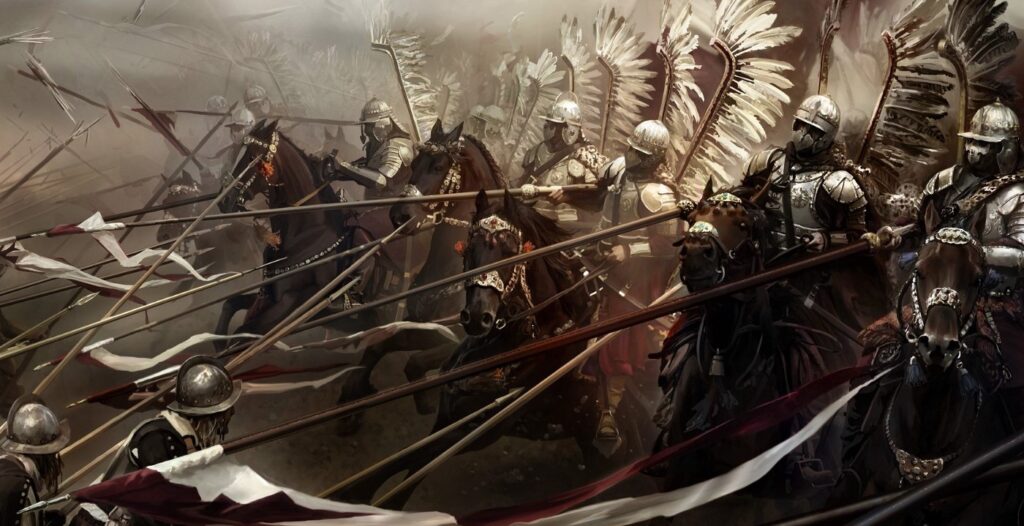
“They had bent forward in the saddles and were moving on, and immediately after them the dragoon regiments and the whole line of battle.
The momentum of the hussars was terrible. At the first onset they struck three kurens (Ukrainian combat units), two of Stebloff, and one of Mirgorod, and crushed them in the twinkle of an eye. Horses and men, thrown from their feet with the gigantic weight of the iron riders, fell like grain at the breath of a storm. The resistance was so brief that it seemed as though some enormous dragons had swallowed the three kurens at a gulp. And they were the best troops of the Saitch. Terrified by the noise of the hussar’s wings, the horses began to spread disorder in the Zaporojian ranks. The Irkleyeff, Kalnibolok, Minsk, Shkurinsk, and Titareff regiments fell into complete disorder, and pressed by the mass of the fleeing, began to retreat in confusion. Meanwhile the dragoons came up with the hussars, and began to help them in the bloody harvest. The Vasyurinsk kuren, after a desperate resistance, turned in flight to the Cossack intrenchments. The centre of Khmelnytsky’s forces, shaken more and more, beaten, pushed into a disorderly mass, slashed with swords, forced back in the iron onset, was unable to get time to stop and re-form.”
Thus begins one of several bloody battlefield passages in the epic novel With Fire and Sword by the Polish author Henryk Sienkiewicz, published in 1884. This amazing novel was the first in a series of other epic novels also set in the 17th century Polish–Lithuanian Commonwealth during the Khmelnytsky Cossack Uprising and Northern Wars (Sienkiewicz would win the 1905 Nobel Prize in Literature and during Poland’s communist occupation, several of his books were banned as they were rightly perceived to be dangerously patriotic).
While horse mounted fighters predate even the iron age, it was medieval Europe’s evolving use of massive armor-clad horses and their armored riders that would eventually rule the battlefield. The unstoppable force of a heavy armored lancer cavalry charge would most often decide the outcome of a battle.
Firearms advanced sufficiently to make heavy cavalry mostly obsolete by the early 17th century, but not so in Poland. Both heavy and light cavalry continued to be masterfully employed together for decades longer.
The Polish hussar heavy cavalry were able to be sustained and perfected as a mode of warfare thanks to a wealthy aristocracy able to fund and train these expensive units, topography that favored large open-field and steppe fighting, the need to be continually vigilant against attacks from neighbors and endless Tartar and Turk invasions, and crucially, a special cross-breed of Polish and Tartar horse. The large horses were famous for their endurance, speed, and maneuverability and so highly valued that stealing a hussar horse carried a penalty of death.
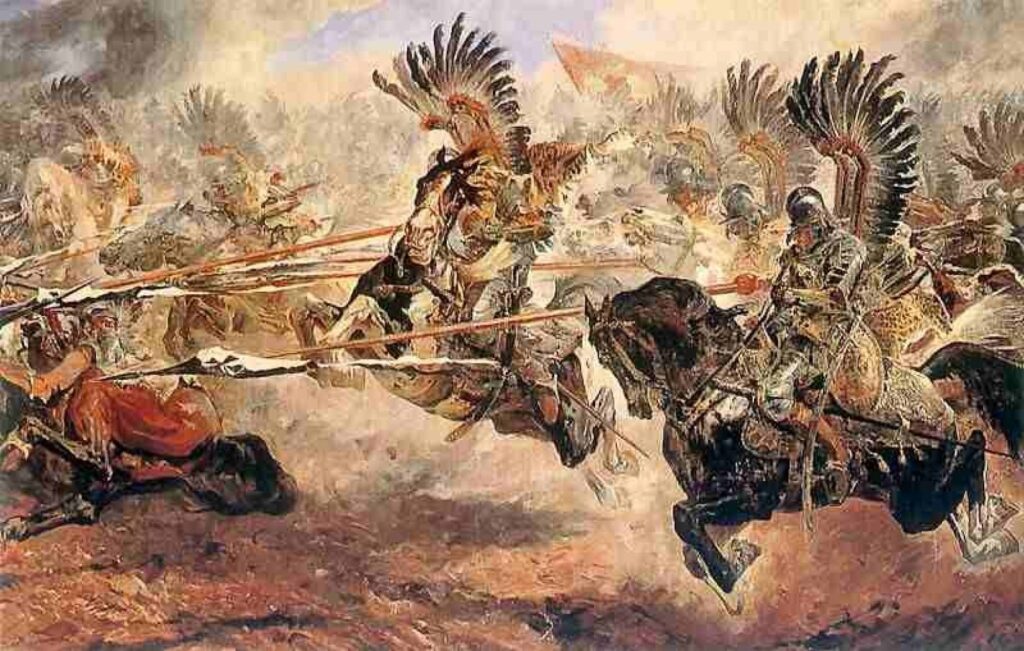
A small selection of battles in this period demonstrate the significance of the horse/hussar “advanced tech” of the era and its ability to regularly defeat armies many times larger. In 1610 at the Battle of Klushino, 5,000 hussars defeated a Russian army of 35,000. In 1621 at the Battle of Chocim, 45,000 Poles repelled an invasion and siege by 170,000 Turks. One decisive event was a hussar counterattack of 600 men charging into a force of 10,000 Ottomans, leveling their lines and pushing the Janissaries to what would be the beginning of a permanent retreat.
Most famously, of course, was King Sobieski’s feared hussars that struck the decisive blow against Ottoman forces at the Battle of Vienna in 1683, saving Christendom from Islamic rule. In the largest cavalry charge in military history, 18,000 of Sobieski’s horsemen and 3,000 hussars overwhelmed Kara Mustafa’s army of more than 150,000, more than double the size of Sobieski’s combined forces. This mountain of horse, man, and armor gained a crushing momentum in a downhill charge plowing directly through the central position of the Ottomans. Afterwards, Sobieski paraphrased Julius Caesar, saying, “Venimus, vidimus, Deus vicit…We came, we saw, God conquered.”
End of an Era
The golden era of heavy shock cavalry closed even for Poland by the middle of the 18th century. Light and mixed cavalry would, however, continue to play a role in armies through World War II. Unsurprisingly, the Poles successfully used cavalry against German tanks, supplementing lances (which were still carried!) with 75mm guns. And, the last U.S. horse cavalry charge was in 1942 against Japanese forces during the fighting in the Bataan Peninsula, Philippines.
During the Civil War, the South entered the war with cavalry superiority because Southerners were not only more accustomed to life with horses but also because most of the U.S. Army’s experienced cavalry officers joined the Confederacy. Experienced Southern cavalry was an early and important combat multiplier and was used for scouting and advance for infantry, as well as, “special ops” dragoon units, horse mounted fighters also capable of fighting on the ground and trained in the tactics honed in the Western territory Indian battles.
The Union wouldn’t match the South until later in 1863. But, with nearly unlimited resources, they closed the gap and thus gained enormous advantages. It was the despicable General Sheridan’s cavalry that was both responsible for the scorched earth terror campaign and would play such an essential role in the surrender at Appomattox.
It was also Union cavalry at Gettysburg that helped win the day just as much as it was Jeb Stuart’s late cavalry arrival that so badly disadvantaged Lee.
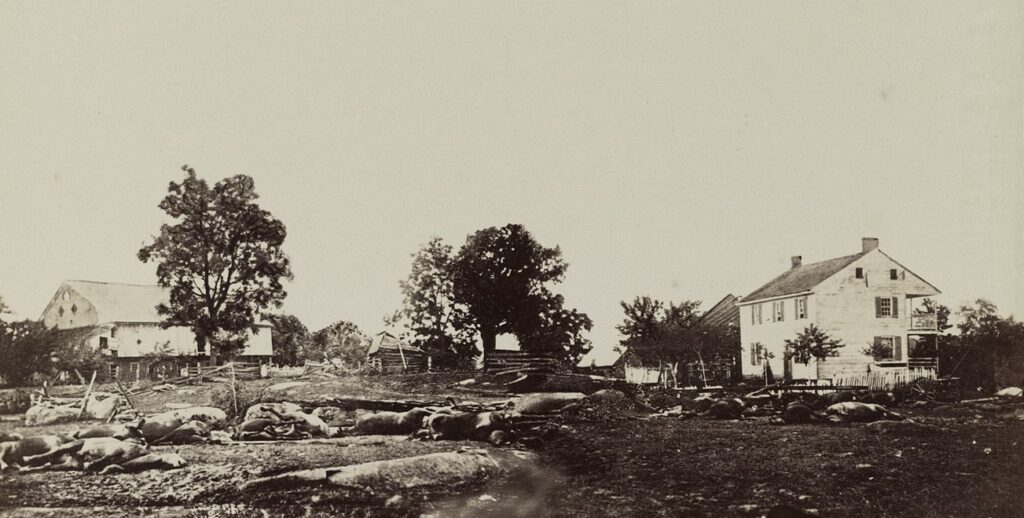
Honor, Courage, and Sacrifice
The original motive for this article was not intended to be a high gloss treatment of cavalry per se, but of the war horse itself and, specifically, the relationship between horse and man. It is the faithful service to their beloved masters that I wanted to honor.
The long and dedicated training created a profound bond between rider and horse. It took years to condition a horse to resist every natural instinct to be able to dependably and obediently charge into the chaos and horror of battle.
Horses are intelligent and loyal and, for those who’ve spent time around them, you know that they are capable of a wide emotional range including the ability to sense your emotions. The poignant accounts of cavalry soldiers, from all eras, reluctantly needing to kill their wounded horse reveals just how strong the bond was and how deeply felt the loss.
From antiquity, the war horse represented courage, trust, and power in humble service to “The Other.” All of this is worthy of deeper reflection and yes, as fathers, husbands, brothers, and sons…emulation. There are numerous monuments honoring these horses for these very reasons.

“In memory of the one and one half million horses and mule of the Union and Confederate armies who were killed were wounded, or died from disease in the civil war”
When the statue came down in Richmond, remember it was Lee and Traveller, his beloved grey American Saddlebred. During Lee’s 1870 funeral procession, Traveller was draped in black and led behind Lee’s caisson and casket. A year later, injured and ill with tetanus, the horse was euthanized.
Traveller’s remains were eventually buried next to the Lee Chapel on the Washington & Lee campus, just feet away from his master’s body. That this occurred in 1971, a hundred years after Traveller’s death, is a delayed tribute acknowledging the honor due to all war horses.

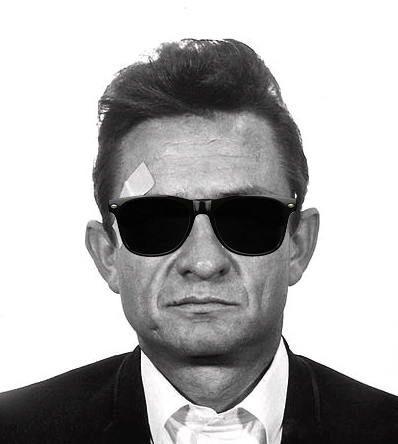
‘Cause down in Alabama, you can run, but you sure can’t hide.

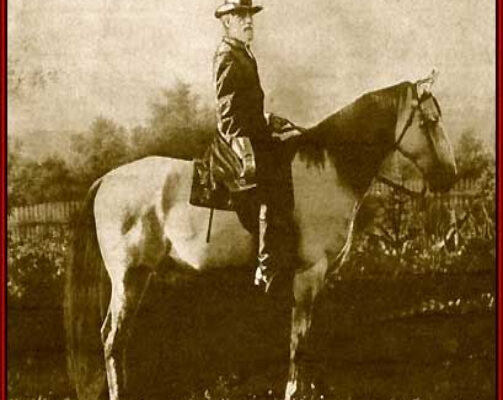

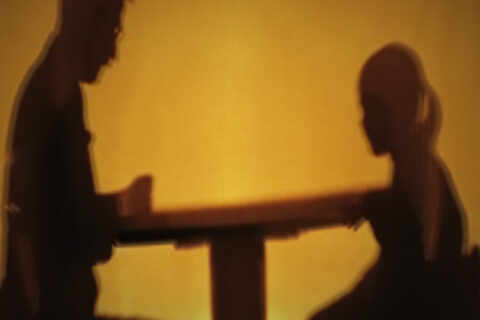
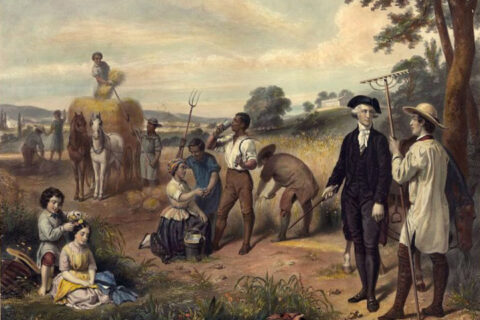
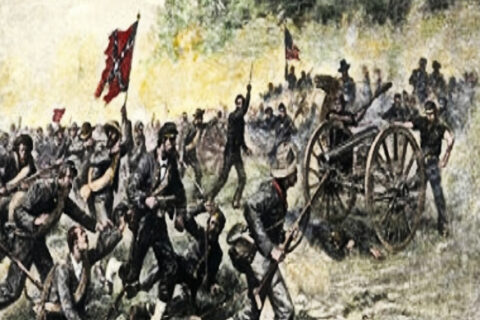
Thoroughly enjoyed that article.God bless you Sir.Cavalry really gave an outsized effect in battles.
Horses in combat is a fascinating subject. Thanks for sharing.